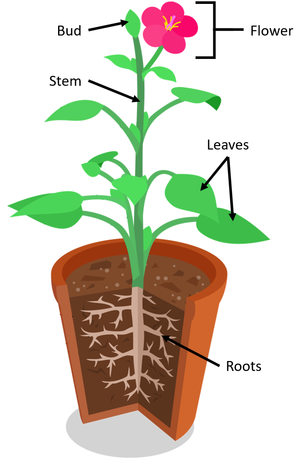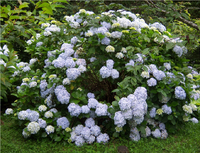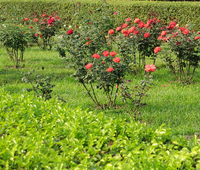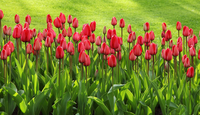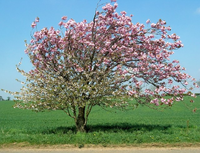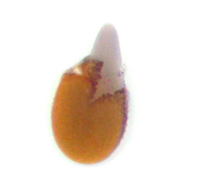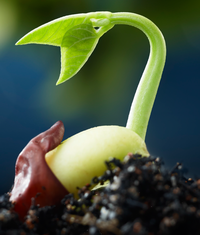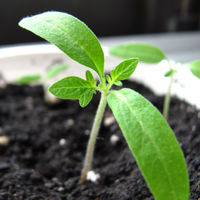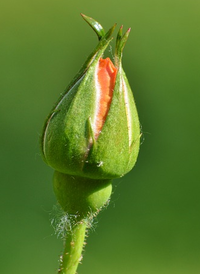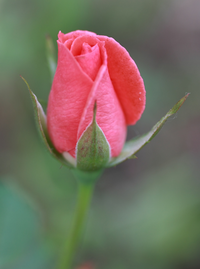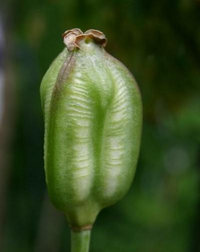Flowering Plants
Contents
Key Stage 1
Meaning
Flowering Plants are any plant that can grow flowers and fruit.
About Flowering Plants
Flowering Plants grow flowers in spring. When an insect or bird pollinates the flower it will die and a fruit will grow behind it with seeds inside. (The fruit is not always one that you can eat. Sometimes it's too tiny and sometimes it's poisonous.)
Examples
| A Hydrangea is a flowering plant that can grow red, white or blue flowers. | A Rose Bush grows roses which proves it is a flowering plant. |
| A Tulip Bulb grows a flower once a year so it is a flowering plant. | An Apple tree grows blossom every spring which is a type of flower. |
Key Stage 2
Meaning
A flowering plant is a plant that reproduces using flowers.
Life Cycle of Flowering Plants
| 1. In the right conditions a seed will germinate. | 2. The seed develops a root and a shoot. | 3. The shoot grows into a stem. | 4. The shoot gets longer and leaves grow. |
| 5. A bud forms at the end of the stem. | 6. The bud blooms into a flower. | 7. Once the flower is pollinated the flower dies and a fruit grows. | 8. The fruit has lots more seeds inside it that can grow into new plants. |
